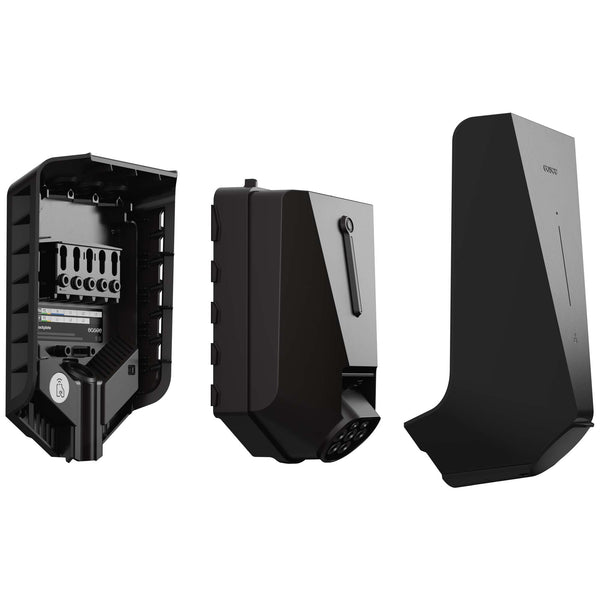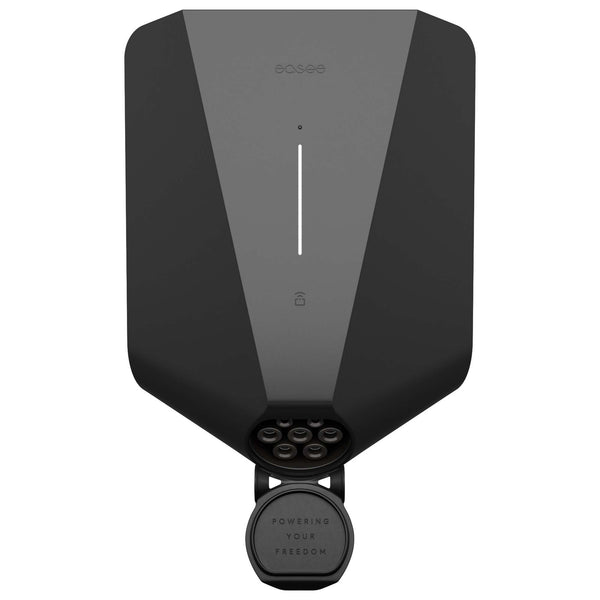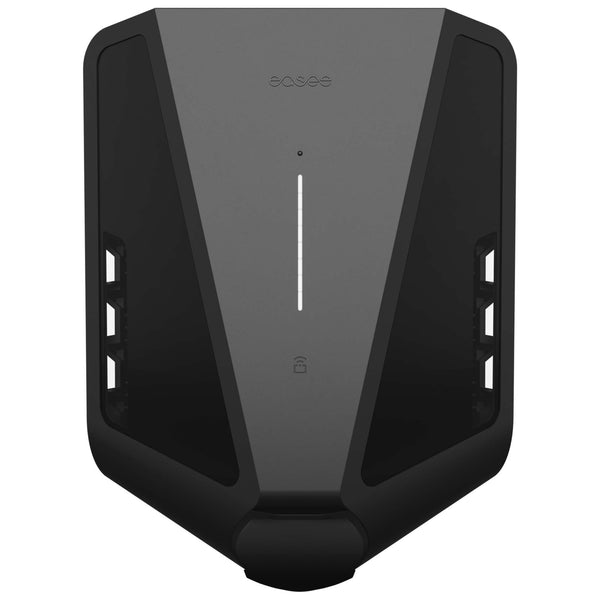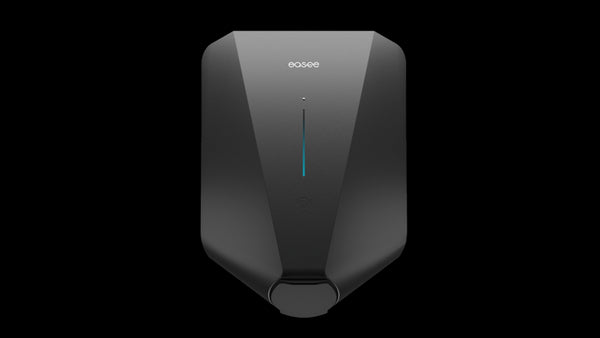Corrosion classes and what is corrosion?
Corrosion is the process by which metallic materials break down as a result of electrochemical reactions. This usually occurs when the metal comes into contact with environmental factors such as water, oxygen and other chemical substances, leading to the gradual dissolution of the metal. A common example of corrosion is rust, which occurs when iron or steel reacts with oxygen and moisture in the air. Rust forms a reddish-brown layer of iron oxide on the surface, which both weakens the metal and reduces its lifespan.

Corrosion is a major problem in many industries, as it can lead to structural damage, leaks and economic losses. To combat corrosion, various protection techniques are often used, such as painting, galvanizing, the use of stainless alloys or cathodic protection.
Corrosion is a natural process that damages materials, so it is important to know the corrosion classes so that you can choose the right material and surface treatment against corrosion.
In many corrosive environments, corrosion of metals, steels and aluminum to major problems. The problems are both aesthetic and safety-related, and manifest themselves as rust on steel surfaces, running rust water, spots of silver or green coating.
Hidden corrosion processes may also be taking place, for example on concrete reinforcement and ceiling fasteners.
Therefore, it is important to choose the right surface treatment based on the environment to which the steel will be exposed.
There are a number of different corrosion classifications, the most common corrosion classes being: C1-C5 based on the ISO 12944-2 standard.
Explanation of corrosion classes/types:
| Corrosion class | Information | Areas |
|---|---|---|
| C1 - Very low | Heated buildings with a clean atmosphere. In this environment, untreated steel or painted steel can be used. Class C1 includes materials that are not subject to corrosion in normal atmospheric air. |
|
| C2 - Low | Atmosphere with little or no pollution. Land atmosphere where condensation can occur. In this environment, painted steel should be used. Class C2 includes materials that can withstand some corrosion in normal atmospheric air. |
|
| C3 - Medium | Urban and industrial atmosphere, moderately polluted with sulphur - possibly coastal climate with little salt. The C3 class includes materials that are more susceptible to corrosion in normal atmospheric air than the C2 class. This includes materials such as alloy steel with low carbon content. In this environment, galvanized or stainless steel should be used. |
|
| C4 - High | Industrial and coastal areas with moderate salt content. The C4 class includes materials that are more susceptible to corrosion than the C3 class. This includes materials such as alloy steel with a high carbon content. In this environment, Duplex or stainless steel should be used. |
|
| C5 - I Very high (Industry) | Industry and coastal areas with high humidity and aggressive atmosphere. Constant condensation and heavily polluted atmosphere. Class C5 includes materials that are highly susceptible to corrosion and require special protection to prevent corrosion. In this environment, acid-resistant steel should be used. |
|
| C5 - M Very high (Marine) | Coastal and marine areas with high salt content. Constant condensation and highly polluted atmosphere. The C5M class includes materials that are highly susceptible to corrosion in marine environments and require special protection to prevent corrosion. In this environment, acid-resistant steel should be used. |
|
 FedEx delivery in the EU
FedEx delivery in the EU





